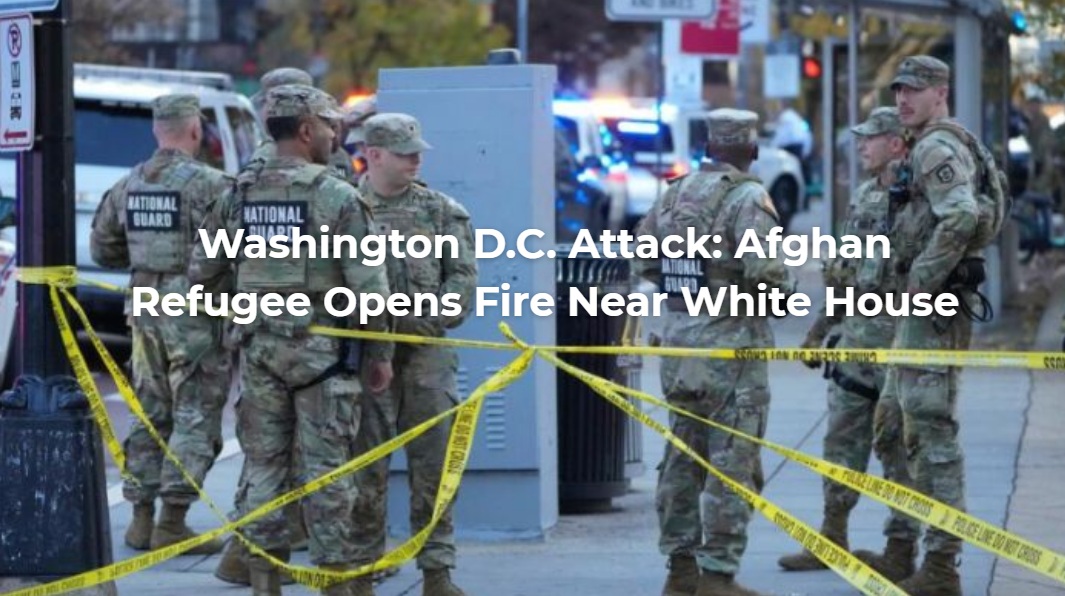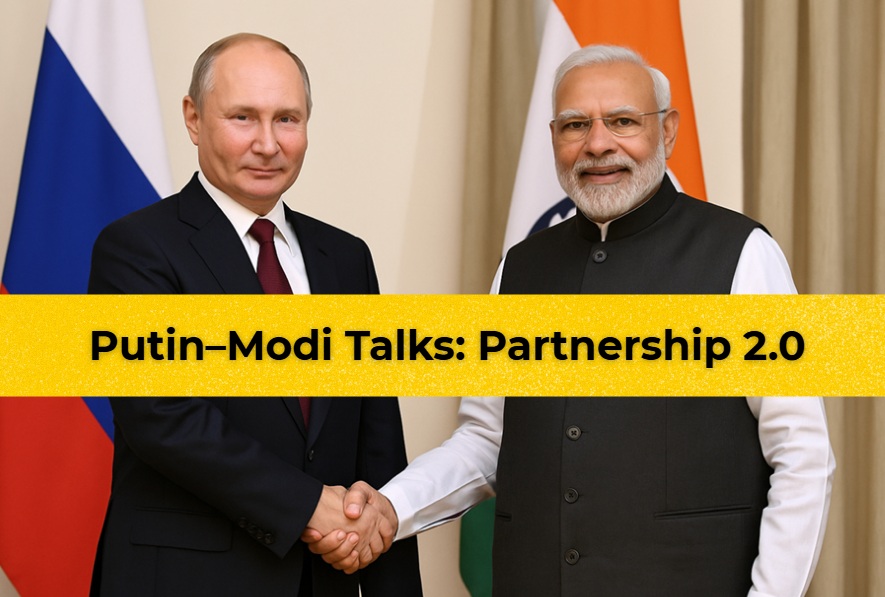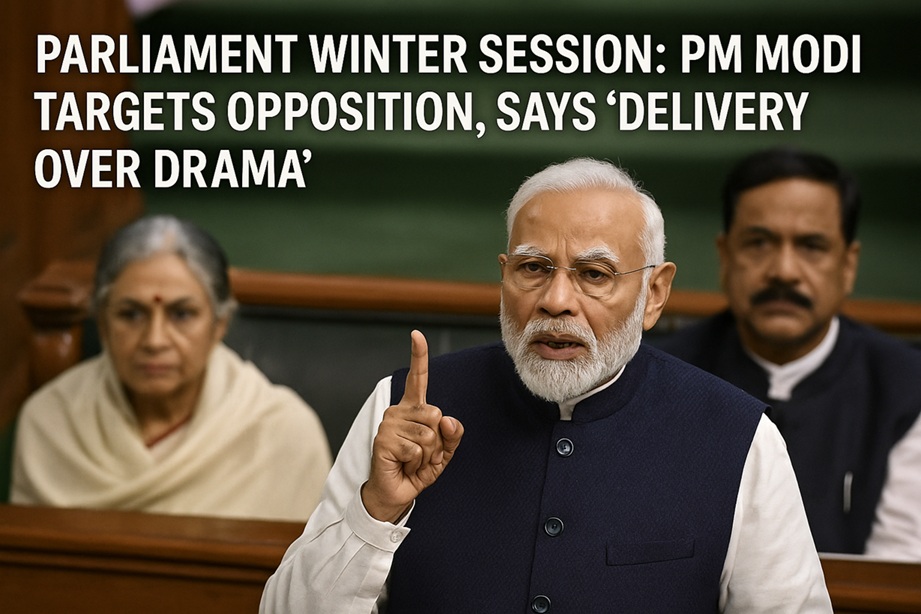On the heels of heightened military tensions and a fragile ceasefire between India and Pakistan, Prime Minister Shehbaz Sharif addressed the nation in a message that was striking not just for its content, but for its subtext. Thanking global leaders including US President Donald Trump, China’s leadership, and several Gulf states for their role in brokering peace, Sharif extended an olive branch to India, expressing his willingness to resume dialogue.
However, his address has sparked sharp criticism and skepticism within Indian strategic circles, where it is widely seen as a performative and desperate plea rather than a genuine diplomatic initiative. Critics argue the speech signals a de facto surrender, cloaked in diplomatic language.
The Pattern Repeats: Peace Overtures and Ceasefire Violations
Pakistan’s approach to India has long followed a predictable cycle—public overtures for peace, swiftly undercut by covert provocations along the Line of Control (LoC). The recent ceasefire, though cautiously welcomed by global powers, was almost immediately undermined when reports emerged of Pakistani drones violating Indian airspace mere hours after the truce took effect.
Against this backdrop, Prime Minister Shehbaz Sharif’s appeal for dialogue rang hollow—not as a sincere gesture of reconciliation, but as an admission of Pakistan’s eroding strategic position. His carefully worded gratitude toward key international players—Donald Trump, China, Saudi Arabia, the UAE, Turkey, and Qatar—for mediating the de-escalation was notably selective. The omission of Iran, a regional heavyweight with its own stakes in the conflict, spoke volumes about Islamabad’s precarious diplomatic balancing act.
A Scripted Appeal, an Unfolding Crisis
The video of Sharif’s address was released via ISPR (Inter-Services Public Relations), Pakistan’s military media wing, and bore signs of heavy editing. Indian analysts raised concerns that the video might have been AI-assisted or at least meticulously choreographed. It lacked spontaneity and had the hallmarks of a state-crafted narrative rather than an authentic political statement.
Sharif’s primary message—“We want to talk to India”—was delivered in a tone that many interpreted as submissive. The timing of this outreach, amidst India’s assertive military and economic posturing, further reinforced the perception that Pakistan was reacting from a place of weakness, not strategy.
India’s Response: Cold, Calculated, and Unmoved
New Delhi has not responded to Shehbaz Sharif’s outreach with reciprocal warmth. In fact, quite the opposite. India, under Prime Minister Narendra Modi, has reiterated its long-held position: dialogue and terrorism cannot coexist. Any bilateral engagement must be predicated on Pakistan dismantling its terror infrastructure.
To underscore its stance, India took tangible steps: it opened the floodgates of the Baglihar and Salal dams, sending a symbolic and literal deluge downstream. Trade ties remain frozen, with strict embargoes on exports, imports, and even indirect trade routes via Dubai or Singapore. Pakistan-flagged vessels remain unwelcome at Indian ports.
The Indian Air Force declared that “operations have not concluded,” and forward troop deployment along the border remains unchanged. All of this indicates that India views the ceasefire not as a new beginning, but as a tactical pause.
Economic Implosion and Strategic Isolation
Pakistan’s economy is in shambles. Inflation is rampant, foreign exchange reserves are critically low, and its reliance on IMF bailouts has deepened. Infrastructure, including vital assets like Karachi Port and several airbases, has reportedly suffered damage in the recent escalations.
Pakistan’s desperation is compounded by diplomatic cold shoulders from traditional allies. While Saudi Arabia and Qatar rushed to mediate, Iran was notably excluded from Sharif’s thanks—a snub that reflects Pakistan’s sectarian complexities. Within Pakistan, the persecution of Shia minorities makes open gratitude to Tehran politically risky.
China remains Pakistan’s primary backer through projects like CPEC (China-Pakistan Economic Corridor), but even Beijing’s patience appears to be waning. Indian experts note that China’s strategic investments in Pakistan, particularly in Balochistan, have suffered due to local resistance and security lapses—adding friction to an already strained alliance.
A Credibility Crisis in Narrative Warfare
Social media has played a pivotal role in shaping public perceptions during the recent conflict. Pakistan’s state apparatus released exaggerated claims—asserting that it had destroyed Indian airbases and downed Rafale jets. These were quickly debunked using satellite imagery, open-source intelligence, and fact-checks.
Photos presented as “proof” turned out to be recycled from previous years, including visuals from 2019 and earlier accidents involving MiG-21 or Mirage jets. This exposed Pakistan’s habitual use of misinformation in times of conflict and further dented its global credibility.
Terrorism, Trade, and the No-Middle Path Doctrine
Since 2019, following the Pulwama attack and India’s Balakot airstrike response, India has consistently pursued a no-middle-path doctrine: either Pakistan sends terrorists, or it sends diplomats. It cannot do both.
India’s message remains uncompromising: “If you send terrorists, we will send BrahMos missiles.” This doctrine is no longer rhetoric—it is reflected in India’s military readiness, trade restrictions, and diplomatic isolation of Pakistan.
Geopolitical Undercurrents: Turkey and China’s Invisible Hand
Indian analysts argue that the conflict was not just a bilateral skirmish but part of a broader regional power game. Turkey, which has been supplying arms and advocating for Pakistan on global forums, has also taken a hit. More importantly, China’s shadow looms large—both as financier and strategic planner.
Some Indian defense experts believe that Pakistan was merely a front, while China and Turkey were attempting to create pressure on India to distract it from the South China Sea and internal dissent. If true, the message from New Delhi was received loud and clear across Beijing and Ankara: India will not be bullied.
A Plea for Peace—Or a Quiet Surrender?
Shehbaz Sharif’s address may go down as a historic moment—not because of what he said, but because of what it signified. His call for dialogue wasn’t backed by confidence or strength—it was delivered under pressure, amid internal chaos, global embarrassment, and growing regional isolation.
While Sharif hoped to project statesmanship, the optics suggested surrender. And for India, which has endured decades of cross-border terrorism and broken promises, words no longer suffice.
Peace is welcome—but only when it’s preceded by accountability.
#ShehbazSharif #Pakistan #IndiaPakistanCeasefire #CeasefireViolation #USMediation #Turkey #SrinagarExplosions #Jammu #DroneAttacks #ArtilleryShelling #VikramMisri #induswaterstreaty #TradeRestrictions #ModiGovernment #narendramodi #BorderTensions #CrossBorderAttacks #operationsindoor #militaryresponse #diplomaticefforts






